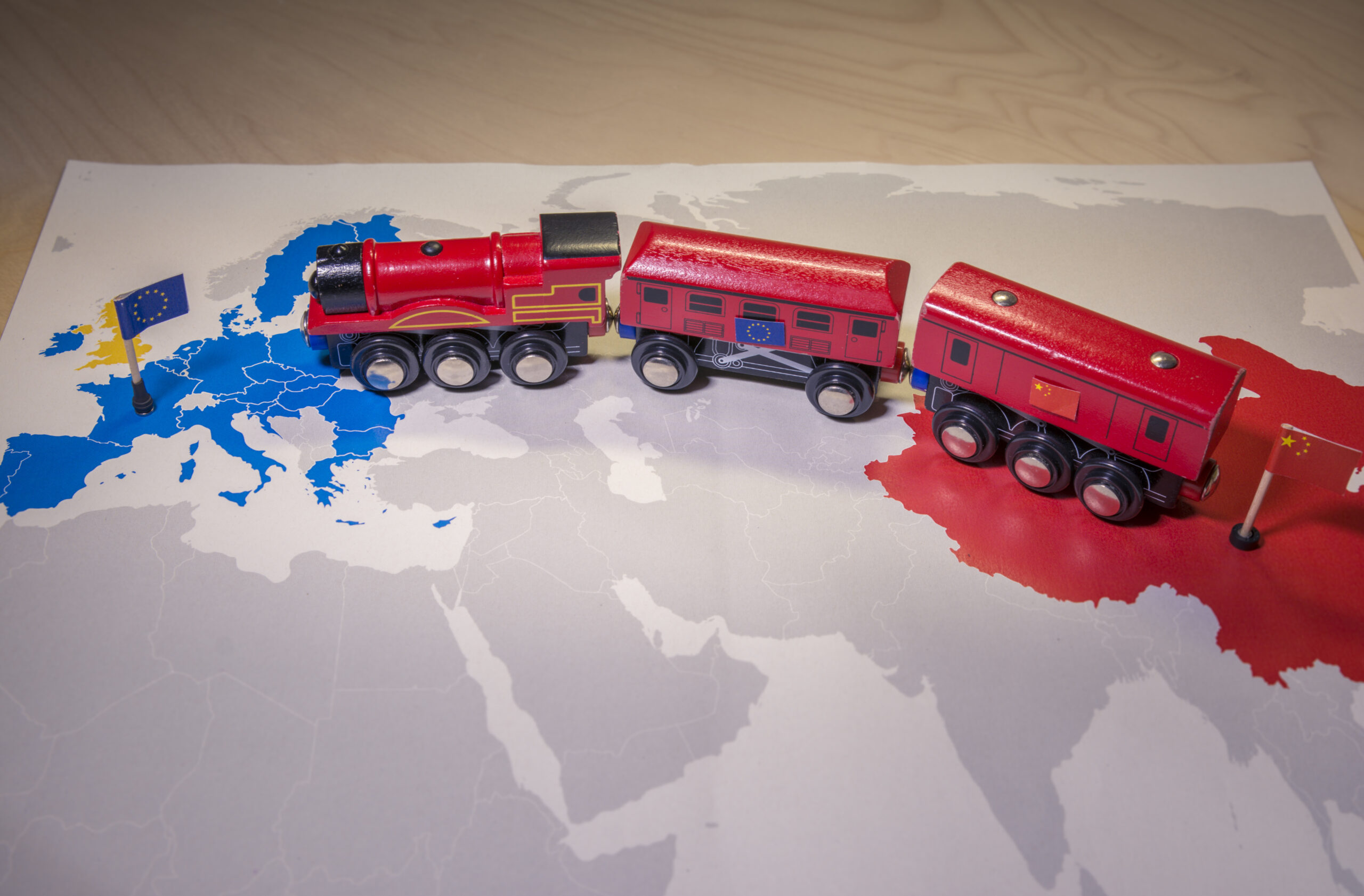Citation (Harvard): Shvangiradze, T. (2023) “Minilateralism: An Effective Alternative to Twenty-first Century Multilateralism?”, Regional Policy Insights, 1(1): 8-13.
Abstract:
Multilateralism, understood as cooperation among many states to address global issues, has been the dominant paradigm of international relations since the end of World War II. However, in the twenty-first century, multilateralism has faced many challenges and limitations, especially in the areas of trade, climate change, and regional security. This paper explores the concept of minilateralism, the cooperation among a small group of states that share a common interest or goal, as an effective alternative to multilateralism. It argues that minilateralism can offer more flexibility, efficiency, and impact than multilateralism, as it can overcome the problems of consensus, universality, and enforcement that often hamper multilateral efforts. It also provides examples of minilateral partnerships that have emerged in the Indo-Pacific region, such as the Quadrilateral Security Dialogue, the India-Japan-US trilateral, and the India-France-Australia trilateral partnerships. It concludes that minilateralism does not have to undermine multilateralism, but rather can complement and supplement it in complex and diverse situations where ad-hoc flexibility, diplomacy, and confidence-building are crucial for success.
Keywords: minilaterralism, multilateralism, international cooperation, trade, climate change, regional security, Indo-Pacific region, strategic partnerships
In recent years, multilateralism, a fundamental pillar of the post-World War II international liberal order, seems to be crumbling (Teo, 2018). The international community has witnessed the rise of minilateralism. Could it be an effective alternative to multilateralism?
The concept of minilateralism can be defined as a small group of states (three to six) cooperating and engaging in dialogue mostly on an ad hoc and informal basis (Atanassova-Cornelis and Pejsova, 2021). Minilateralism implies the smallest number of countries needed to have the largest possible impact on solving a specific problem. Minilateralism and so-called minilaterals are driven by “like-mindedness” and interpersonal relationships centered on more narrow and specific issues that directly affect those involved in minilateral cooperation (Naim, 2009).
According to Miles Kahler (1992), a professor of Pacific International Relations at the University of California, multilateralism is the global governance of “many”. Multilateralism entails a formal effort by three or more states to build trust and avoid conflict by identifying, institutionalizing, and observing rules and norms for a common vision of regional or international order (Tow, 2019, p. 235). To some researchers (e.g., Tirkey, 2021), the idea of minilateralism is not a new concept to describe international cooperation. It has been coexisting with multilateralism and bilateralism since the end of World War II.
Notably, the post-World War II multilateral organizations were mostly negotiated by great powers through “disguised” minilateralism. The legitimacy of the United Nations was then largely dependent on the active participation of the United States and the Soviet Union.
The creation of the General Agreement on Tariffs and Trade (GATT) in 1947 can be traced to minilateral (and bilateral) negotiations between the great and the major trading powers. The organization was later considered multilateral by allowing other countries to join discussions.
Nevertheless, the international arena has seen the steady proliferation of minilateral activities in recent years, especially in the areas of security, climate change, trade, terrorism, and more recently, the Covid-19 pandemic. These are the issues that are complex and pertinent for the international community and cannot be solved without an active collaboration of many states (within multilateral organizations) that is not currently happening (Naim, 2009).
The most recent multilateral agreement – The United Nations Millennium Declaration – was signed in 2000 by 192 member states to tackle poverty and hunger worldwide.
However, multilateralism has faced many challenges since then, especially in the areas of trade and climate change. In terms of the former, although the World Trade Organization (WTO) was established in 1994 to set common rules for international trade, new attempts at global trade deals have largely failed. As for the latter, the Kyoto Protocol for reducing greenhouse emissions was signed in 1997 by 184 countries, but it has not received enough support from the major powers of the international community, such as the United States and China.
The pattern is clear: The demand for international cooperation has increased, but multilateral strategies have not delivered. Therefore, the question remains whether multilateralism is a cure-all for the world’s problems.
Minilateralism might be a better alternative for more flexible and targeted efforts to address complex and diverse issues in the international community where multilateralism has fallen short.
As journalist and writer Moises Naim (2009) argues, minilateralism could be the key to achieving real international actions in the following fields:
- Trade: The G-20 can make a significant trade deal that will have global implications, as its 20 members from six continents account for 85 percent of the world’s economy.
- Climate Change: The top 20 polluters worldwide are responsible for 75% of global greenhouse gas emissions. Therefore, a minilateral partnership among these 20 could be a game-changer in mitigating climate change.
- Poverty and Hunger: A minilateral cooperation among a dozen countries, including major donors and those most in need of assistance, could solve the problem.
Minilateralism is often associated with a simpler approach, as the smallest group that is formed to achieve a specific goal or resolve a particular issue is not bound by formal rules (Chaffee, 2016, p. 319). A good example of this reasoning is the functioning of the WTO and how countries resort to more informal strategies of economic cooperation to overcome the so-called “impossible trinity” of it. WTO rules: 1) apply to all member states universally; 2) require consensus to be reached; 3) can be enforced through the system of dispute resolution that is binding for all (Baldwin, 2018).
The obstacle for successful cooperation in this case lies in the North-South divide: developing countries aim to pursue the original goals of the WTO Doha negotiations, while the developed ones want to introduce new issues to the agenda. This has slowed down the process of negotiations. Affected countries have formed minilateral partnerships such as the Trans-Pacific Partnership Agreement, the Transatlantic Trade and Investment Partnership, the Regional Comprehensive Economic Partnership (RCEP) – a free trade agreement between Asia and the Pacific, the Basel Committee, and the Financial Stability Board to achieve desired outcomes in the areas of trade and financial regulation.
Regional security is another area where minilateral activities have increased. The complexity of the Indo-Pacific region (the US-China confrontation, the territorial disputes) has exposed the limitations and the necessities of frameworks of intergovernmental cooperation such as the Association of Southeast Asian Nations (ASEAN). As a result, like-minded states of the region have adopted more minilateral practices to solve a specific issue with the smallest possible number of participants.
In the Indo-Pacific region, states prefer to form strategic partnerships instead of depending on US-led alliances and multilateral organizations that are often seen as ineffective and irrelevant. Several issue-specific partnerships have emerged, such as the Quadrilateral Security Dialogue, the India-Japan-US trilateral, and the India-France-Australia trilateral partnerships. They offer a more flexible “third-way” (Tirkey, 2021) approach to regional security issues.
These minilateral partnerships can foster trust and familiarity among countries of the Indo-Pacific region that have significant differences in culture, geography, regimes, and political approaches, which affect their threat perception. However, minilateralism also has its critics, who argue that it can harm the credibility of multilateral organizations by discouraging countries from participating in multilateral frameworks (Teo, 2018).
Minilateralism does not have to undermine multilateralism. It can be seen as a complement to the global cooperation and multilateral organizations to address their shortcomings in complex situations where ad-hoc flexibility, diplomacy, and confidence-building could be the key to success.
References
Atanassova-Cornelis, E. and Pejsova, E. (2021) Minilateralism: An Opportunity for the EU’s Engagement in the Indo-Pacific. Brussels School of Governance: Centre for Security, Diplomacy and Strategy Policy Brief No. 22/2021. Available at: https://brussels-school.be/sites/default/files/CSDS%20Policy%20brief_21
22_0.pdf
Baldwin, R. (2018) Sources of the WTO’s Woes: Decision-making’s Impossible Trinity, Vox EU, October 17. Available at: https://voxeu.org/article/sources-wto-s-woes-decision-making-s-impossible-trinity
Chaffee, E. C. (2016) Confounding Ockham’s Razor: Minilateralism and International Economic Regulation, Brooklyn Journal of Corporate, Financial & Commercial Law, 10, 319-342.
Kahler, M. (1992) Multilateralism with Small and Large Numbers. International Organization, 46(3), 681-708.
Naim, M. (2009) Minilateralism. Foreign Policy. Available at: https://foreignpolicy.com/2009/06/21/minilateralism/
Teo, S. (2018) Could Minilateralism Be Multilateralism’s Best Hope in the Asia-Pacific? The Diplomat. Available at: https://thediplomat.com/2018/12/could-minilateralism-be-multilateralisms-best-hope-in-the-asia-pacific/
Tirkey, A., (2021) Minilateralism: Weighing the Prospects for Cooperation and Governance. Observer Research Foundation, Issue Brief Number 489. Available at: https://www.orfonline.org/public/uploads/posts/pdf/20230423121952.pdf
Tow, W. T. (2019) Minilateral Security’s Relevance to US Strategy in the Indo-Pacific: Challenges and Prospects, The Pacific Review, 32, 232-244.
Tsira Shvangiradze is an international politics expert who serves as a Chief Specialist in Protocol and International Relations at the JSC Georgian Railway and writes for various outlets on history and politics. She was educated at the Ivane Javakhishvili Tbilisi State University, University of Helsinki and University of Antwerp.











